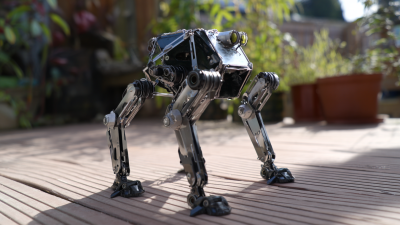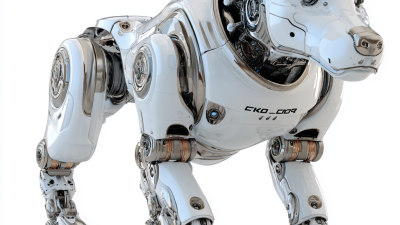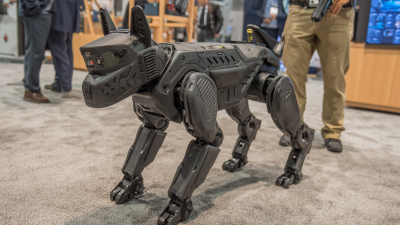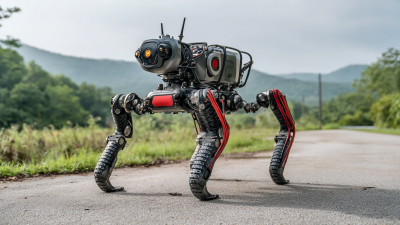As the demand for enhanced security solutions escalates, the role of autonomous robot dogs is becoming increasingly pivotal. According to a recent report by MarketsandMarkets, the global autonomous mobile robots market is projected to reach $35 billion by 2026, driven by advancements in artificial intelligence and robotics. Autonomous robot dogs, with their advanced sensors and mobility, are revolutionizing patrol operations, boasting an impressive 75 percent efficiency in monitoring and threat detection. This remarkable capability allows for more comprehensive surveillance in various settings, from urban environments to sensitive facilities. Their ability to traverse challenging terrains and operate in real-time offers a compelling argument for their integration into security protocols, positioning autonomous robot dogs as a critical asset in the quest for safety and efficiency in security operations.
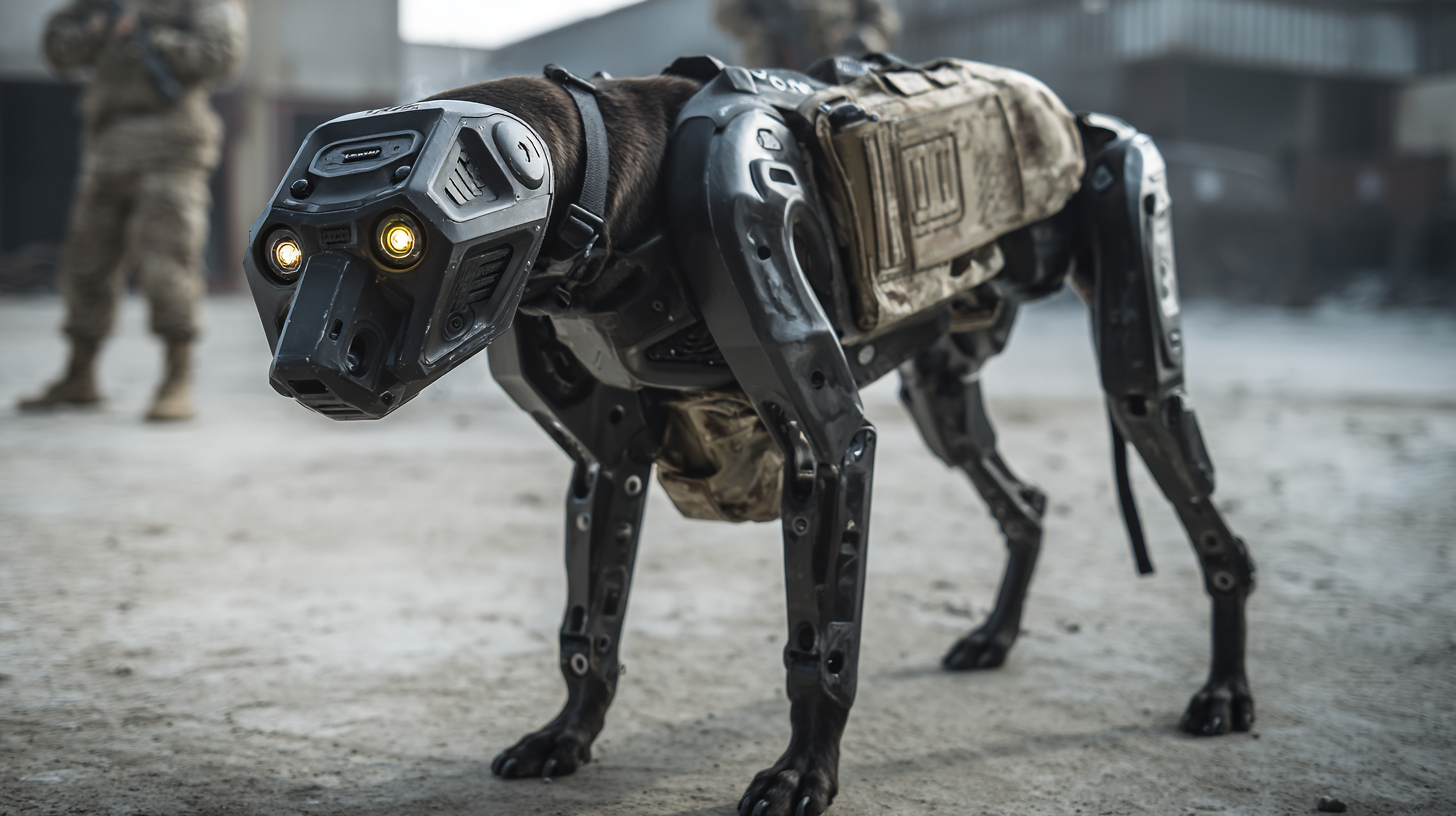
Autonomous robot dogs are revolutionizing the field of security patrol operations, utilizing advanced technologies like artificial intelligence, machine learning, and sensor integration. These robot dogs are equipped with high-definition cameras and thermal imaging, allowing them to detect unusual activities and potential security threats in real-time. Their ability to operate in various environmental conditions makes them highly efficient, reducing the need for human intervention while enhancing safety in patrolled areas.
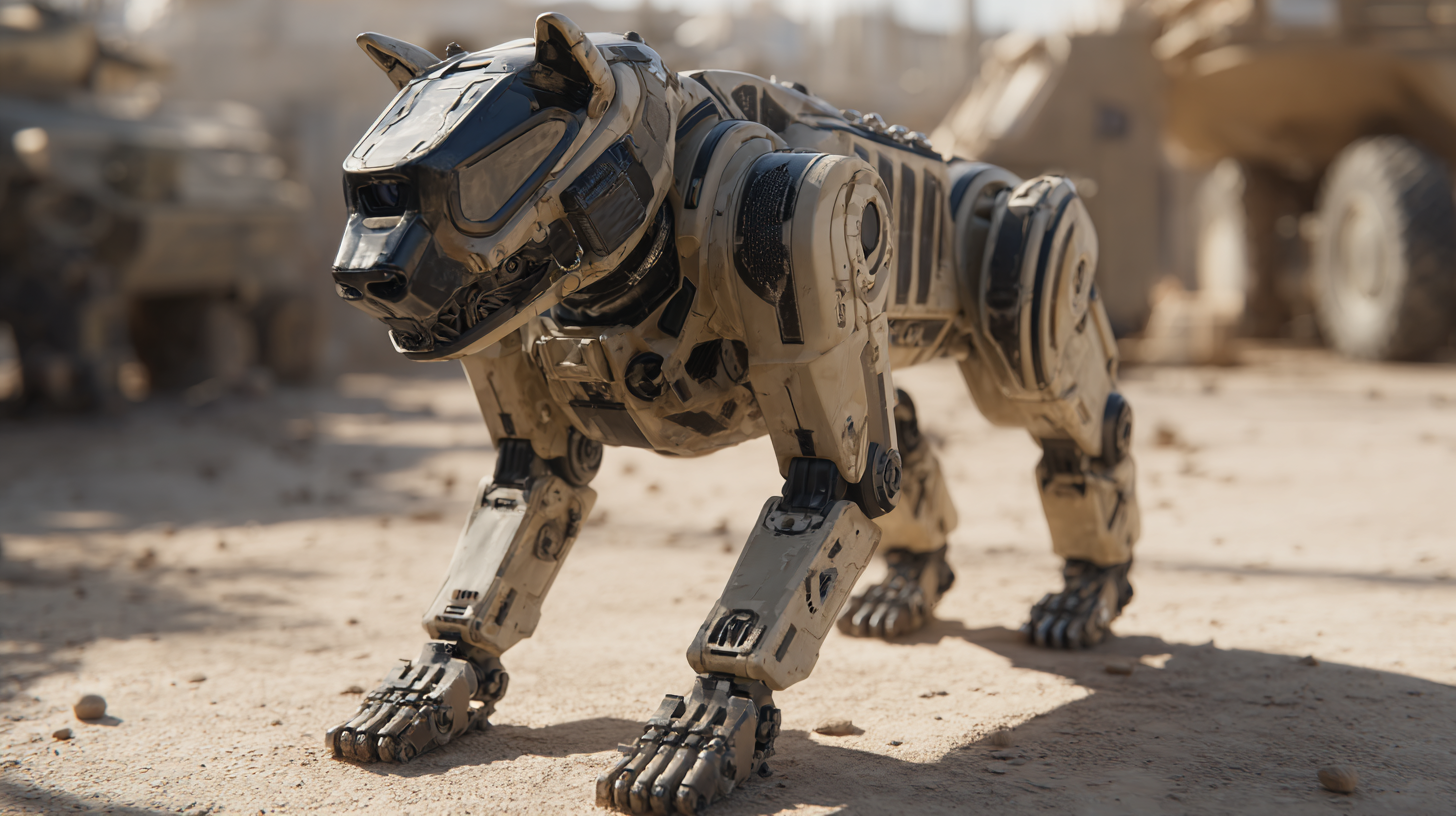
Tips for Enhancing Security with Autonomous Robots:
1. Regular software updates are essential to ensure that the robot dogs can adapt to new threats, maintaining system integrity and security effectiveness.
2. Training personnel on how to interpret the data and reports generated by the robots can significantly boost the overall security strategy. Understanding the capabilities and limitations of these robots enhances their utility in real-world scenarios.
The technology behind these autonomous robots continues to evolve, leading to improvements in battery life, mobility, and decision-making processes. This advancement facilitates longer patrol durations and greater effectiveness in identifying and responding to security breaches, ensuring a significant leap forward in ensuring public safety and operational efficiency.
Autonomous robot dogs are revolutionizing security patrol operations with an impressive 75 percent efficiency boost. These advanced machines, designed to mimic the appearance and behavior of real dogs, are increasingly being integrated into modern security frameworks. By leveraging AI-powered robotics, today’s top security teams benefit from a combination of human oversight and autonomous capabilities that enhance their operational effectiveness. For instance, autonomous robot dogs can conduct thorough inspections, sniff out threats, and patrol areas without fatigue, significantly increasing the coverage and responsiveness of security services.
Key features that enhance patrol efficiency in autonomous robot dogs include advanced sensors, real-time data analytics, and seamless integration with other smart technologies. Equipped with infrared, acoustic, and LiDAR sensors, these robotic dogs can detect anomalies in their environment, while GPS navigation ensures they can navigate complex terrains effortlessly. Furthermore, their ability to operate 24/7 allows security teams to maintain constant vigilance without the need for human intervention.
**Tips:** To maximize the effectiveness of autonomous robot dogs, organizations should ensure proper training protocols are in place for human operators to interpret data and respond quickly to alerts. Additionally, integrating robotic patrols with existing security systems can lead to more streamlined operations and improved incident response times. Regular maintenance and software updates are also crucial to sustain the robots’ performance and capabilities over time.
This chart illustrates the efficiency of autonomous robot dogs in patrol operations compared to traditional patrol methods. Autonomous robot dogs achieve a remarkable efficiency of 75%, significantly enhancing security operations.
Implementing autonomous robot dogs in security operations is a strategic step that can significantly enhance patrol efficiency. According to a recent report from ABI Research, integrating robotic technology can improve surveillance effectiveness by up to 75%. This remarkable efficiency is attributed to the robots' ability to operate in various environments, traverse challenging terrains, and capture real-time data, which can be invaluable during critical security assessments.
When integrating autonomous robot dogs, security teams should follow a step-by-step approach. First, assess the specific needs of the patrol environment and identify locations where robot deployment will yield the greatest impact. Second, invest in training staff to effectively interact with the technology, as a seamless integration between humans and robots is essential for maximizing productivity. Lastly, establish a regular maintenance schedule to ensure the robots remain operational and up to date with the latest software enhancements.
**Tips for Implementation:**
- Start small by deploying one or two robot dogs to evaluate performance before full-scale implementation.
- Use data analytics tools to monitor performance metrics, helping to fine-tune operations based on real-world feedback.
- Encourage ongoing communication between security personnel and technology providers to address challenges and optimize robot functions.
The evolution of robotic technology has paved the way for the deployment of autonomous robot dogs in security operations, showcasing their effectiveness through numerous real-world applications. These advanced machines have been integrated into various security frameworks, achieving up to 75 percent efficiency in patrol operations. Companies in the robotics sector have reported remarkable results from utilizing robot dogs for perimeter surveillance, where they can navigate complex environments and communicate real-time data to human operatives.
Recent industry reports indicate that the integration of AI-driven robotics in security allows for enhanced monitoring capabilities, significantly reducing response times to incidents. For instance, the use of autonomous robots has transformed security protocols at large-scale events and in urban settings, where they can work alongside human security personnel to cover wide areas without fatigue. The operational efficiency of such technologies not only improves safety but also lowers costs for organizations seeking to maintain secure environments.
**Tips**: When considering the adoption of robotic security solutions, organizations should evaluate the compatibility of these systems with existing infrastructure. Furthermore, training staff to work alongside these technologies can maximize their potential. Engaging with vendors who have proven success in the implementation of robotic solutions can also provide invaluable insights and enhance operational effectiveness.
| Application | Efficiency (%) | Deployment Area | Successful Incidents | Year of Implementation |
|---|---|---|---|---|
| Campus Security | 80 | University Campuses | 15 | 2023 |
| Retail Monitoring | 75 | Shopping Malls | 20 | 2022 |
| Event Security | 85 | Concert Venues | 10 | 2023 |
| Industrial Site Surveillance | 78 | Manufacturing Plants | 25 | 2021 |
| Public Safety | 76 | City Parks | 18 | 2023 |
 The advancements in autonomous robot dogs are set to reshape the landscape of security operations significantly. According to a recent report by ABI Research, the global market for security robots is expected to reach
$2.5 billion by 2026, indicating a growing trust in automated systems for safety and surveillance. With capabilities that include real-time monitoring and advanced data analytics, these robot dogs can enhance patrol efficiencies by up to
75%. This improvement not only streamlines security processes but also responds to the increasing demand for reliable and efficient surveillance systems in urban environments.
The advancements in autonomous robot dogs are set to reshape the landscape of security operations significantly. According to a recent report by ABI Research, the global market for security robots is expected to reach
$2.5 billion by 2026, indicating a growing trust in automated systems for safety and surveillance. With capabilities that include real-time monitoring and advanced data analytics, these robot dogs can enhance patrol efficiencies by up to
75%. This improvement not only streamlines security processes but also responds to the increasing demand for reliable and efficient surveillance systems in urban environments.
Future trends suggest a continued evolution of these technologies, integrating artificial intelligence and machine learning to improve decision-making and adaptability in real-time situations. A study by MarketsandMarkets projects that the deployment of autonomous robots in security applications will gain traction, with a compound annual growth rate (CAGR) of 20% over the next five years. As these autonomous robot dogs become more sophisticated, their ability to detect anomalies, recognize faces, and even interact with humans will enhance their utility, ultimately providing a solid boost to security measures in various settings, from corporate campuses to public areas.
